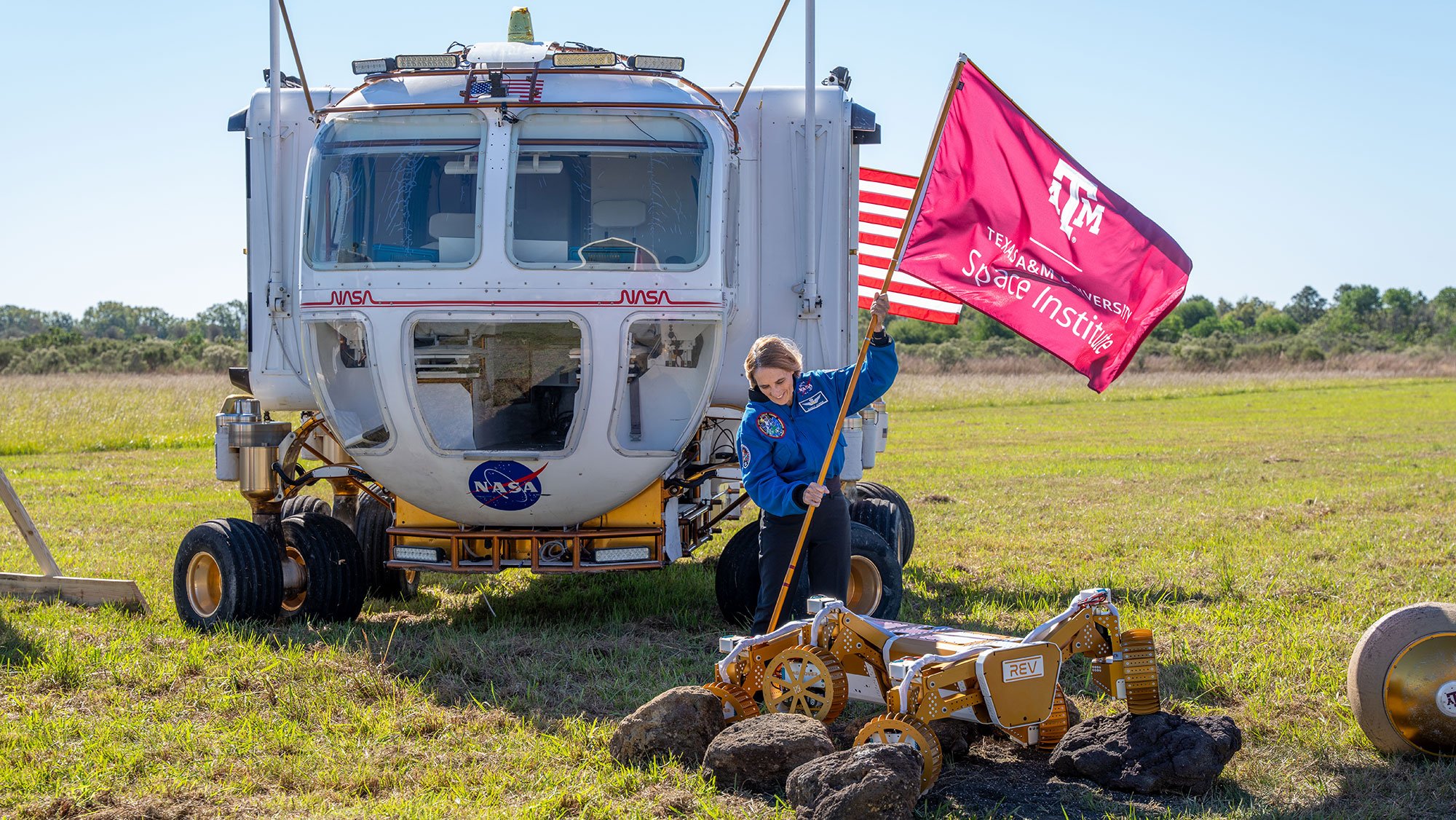Johnson Space Center Director, Industry Leaders Highlight a New Era for Space City
Published Sep 23, 2021 by Javier Vargas
NASA Johnson Space Center Director Vanessa Wyche highlighted major activities currently underway at JSC in collaboration with other NASA centers, international partners, commercial industry, and academia at the Partnership’s second annual State of Space.
“I want you to think about where we were 10 years ago. We were ending the space shuttle era and were assembling the Space Station, and that’s what we had in space,” Vanessa said. “Now we have a wide array of efforts that are underway as we move forward to the Moon and then on to Mars.”
NASA’s Artemis program will land the first woman and person of color on the surface of the Moon by 2024. This mission is on track, with an un-crewed test flight scheduled to take place before the end of the year.
As part of this mission, the agency is also developing the Gateway, which will allow crews to dock near the Moon’s orbit to acclimate before transferring to the landing systems that will take them to the lunar surface. Once tested, this approach will allow astronauts to move on to Mars on future missions. JSC is also working with a range of commercial partners on its Commercial Lunar Payload Services, which will allow for robotic exploration of the surface of the moon prior to humans getting there.
“Houston is poised to be a leader in commercial space flight. We have led in human space flight, and now we will be a leader in commercialization,” said Wyche. “The future looks very bright for Houston to remain the leader in human space flight.”
Many of these partnerships are taking place at the Houston Spaceport, which is serving as a catalyst for growth in Houston’s commercial space industry. It’s proximity and collaboration agreements with JSC are creating a commercial base of innovative companies calling Houston home.
Intuitive Machines is on track to be the first private U.S. company to land its technology on the moon early next year. The Houston based space tech company recently announced plans to build a new 125,000-square-foot building on a 12.5-acre plot at the Houston Spaceport.
“The Houston Spaceport is an incredibly powerful asset to bring academia, government, the private sector together,” said Steve Altemus, President and CEO of Intuitive Machines.
Axiom Space is another Houston-based space company working with JSC. They will be the first company to launch private astronauts to the ISS early next year and are also creating a module which will allow commercial entities to connect into the existing space station. Axiom is currently constructing a 14-acre headquarter campus at the Houston Spaceport.
Other industry leaders joined Dr. David Alexander, Director of the Rice Space Institute, for further discussion the future of the commercial space sector will be in Houston.
“Trained workforce is key for the continued success of Houston as Space City,” said Steve Altemus, President and CEO of Intuitive Machines.
He mentioned San Jacinto College’s EDGE Center located at the Spaceport as a tremendous asset as the region continues to develop the strong technical workforce needed to support the next generation of aerospace companies.
“The innovation taking place in Houston attracts leading companies for collaboration and positions Houston well to be a leader,” said Todd May, Senior Vice President of Science and Space at KBR.
KBR is one of the world’s largest human spaceflight support organizations who last year you became the first company to train private astronauts in NASA facilities at JSC. They are working closely with NASA and today’s most promising space companies including Axiom Space, Intuitive Machines, Blue Origin, Space X, and others.
"The Moon is just an extension of what we’ve been able to do on the International Space Station,” said Tim Kopra, Vice President of Robotics and Space at MDA. “This new effort of exploration provides a platform for other countries to get involved and contribute.”
MDA is a Canadian-based provider of advanced technology and services to the global space industry, working closely with both NASA and the Canadian Space Agency. MDA developed the robotic arm, among other systems, currently on board the ISS. Their next evolution of that robotic arm will support the lunar Gateway program.
Learn more about Houston's aerospace sector.
 The Houston Report
The Houston Report




















